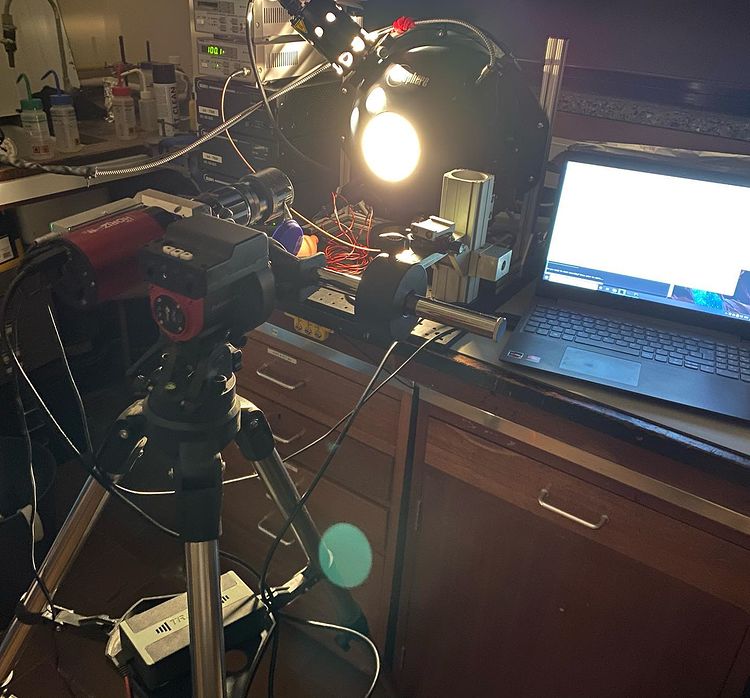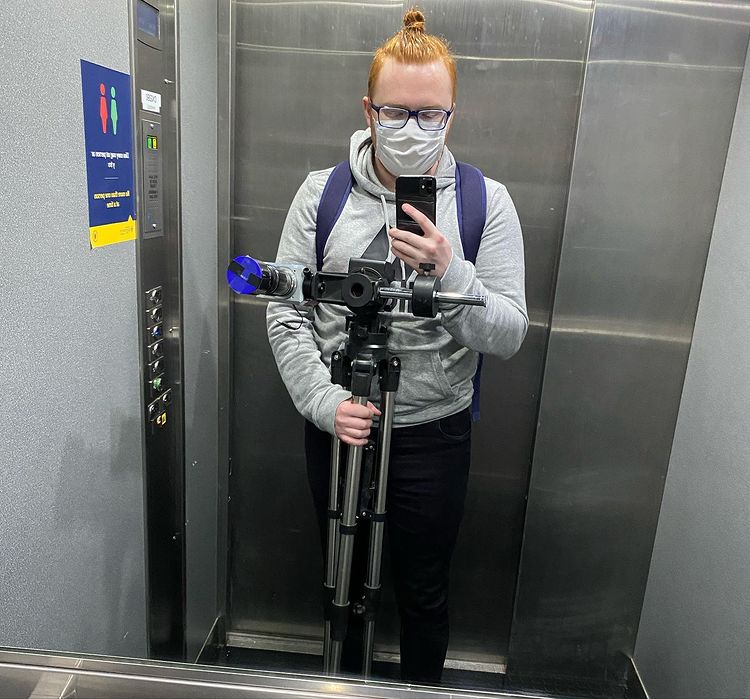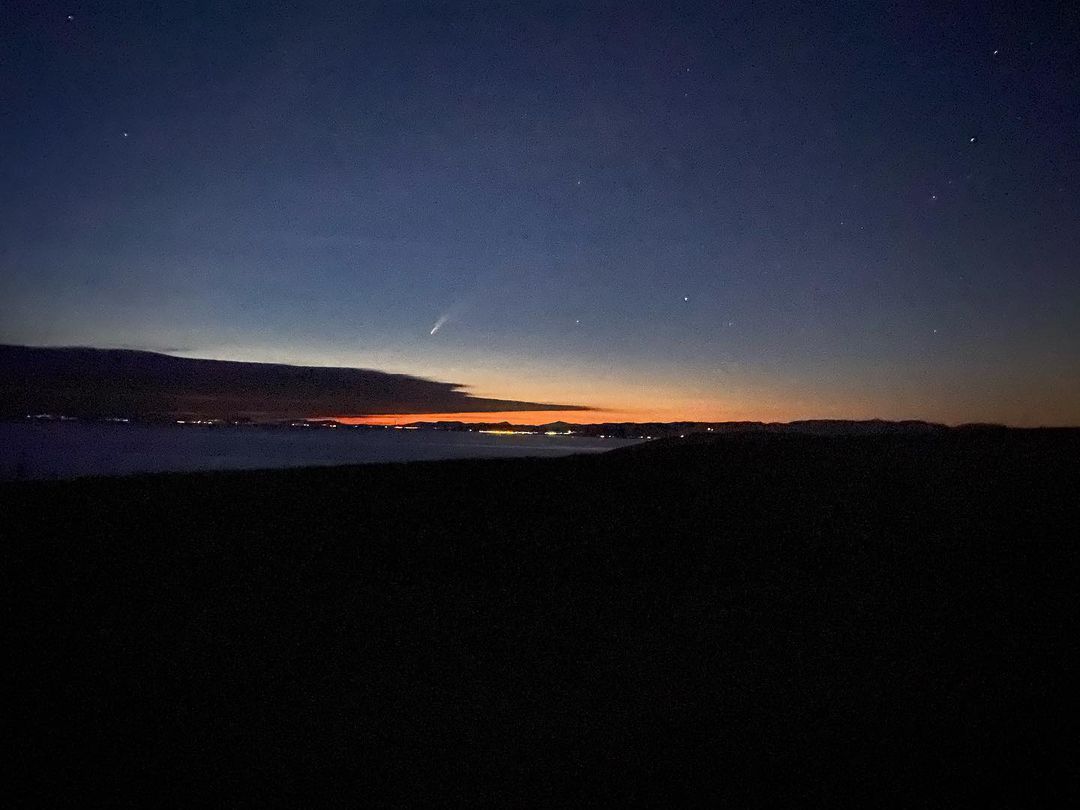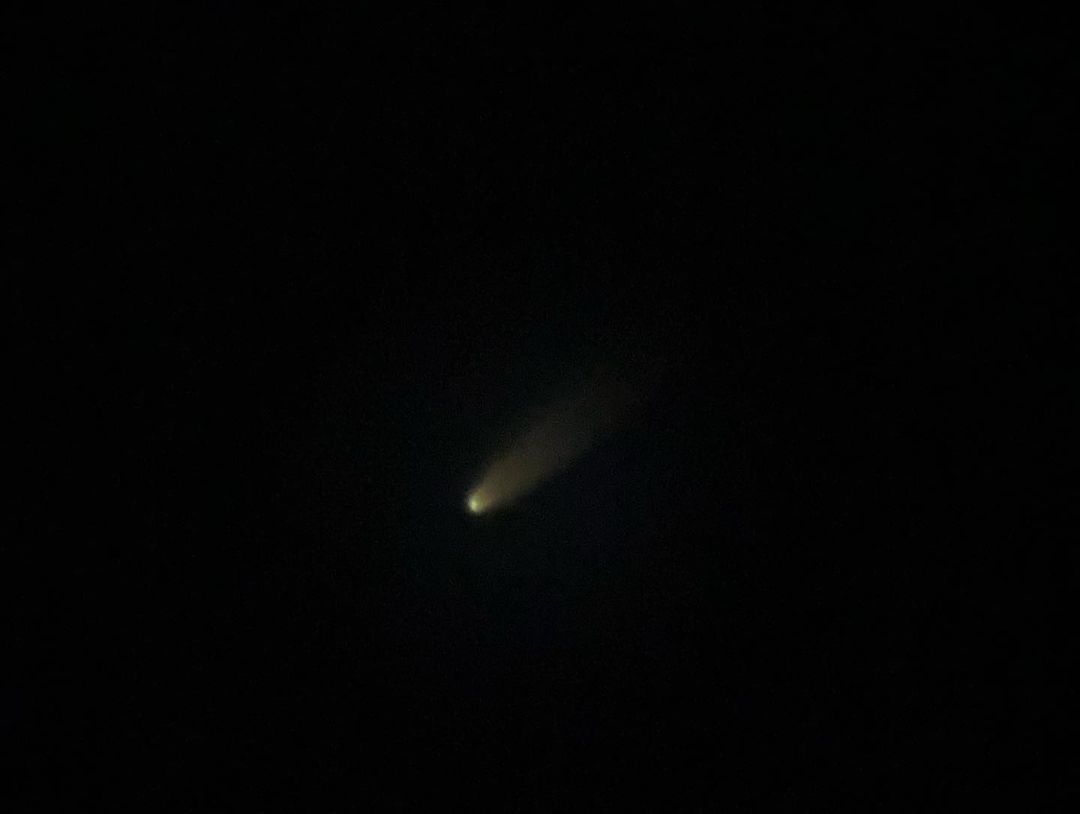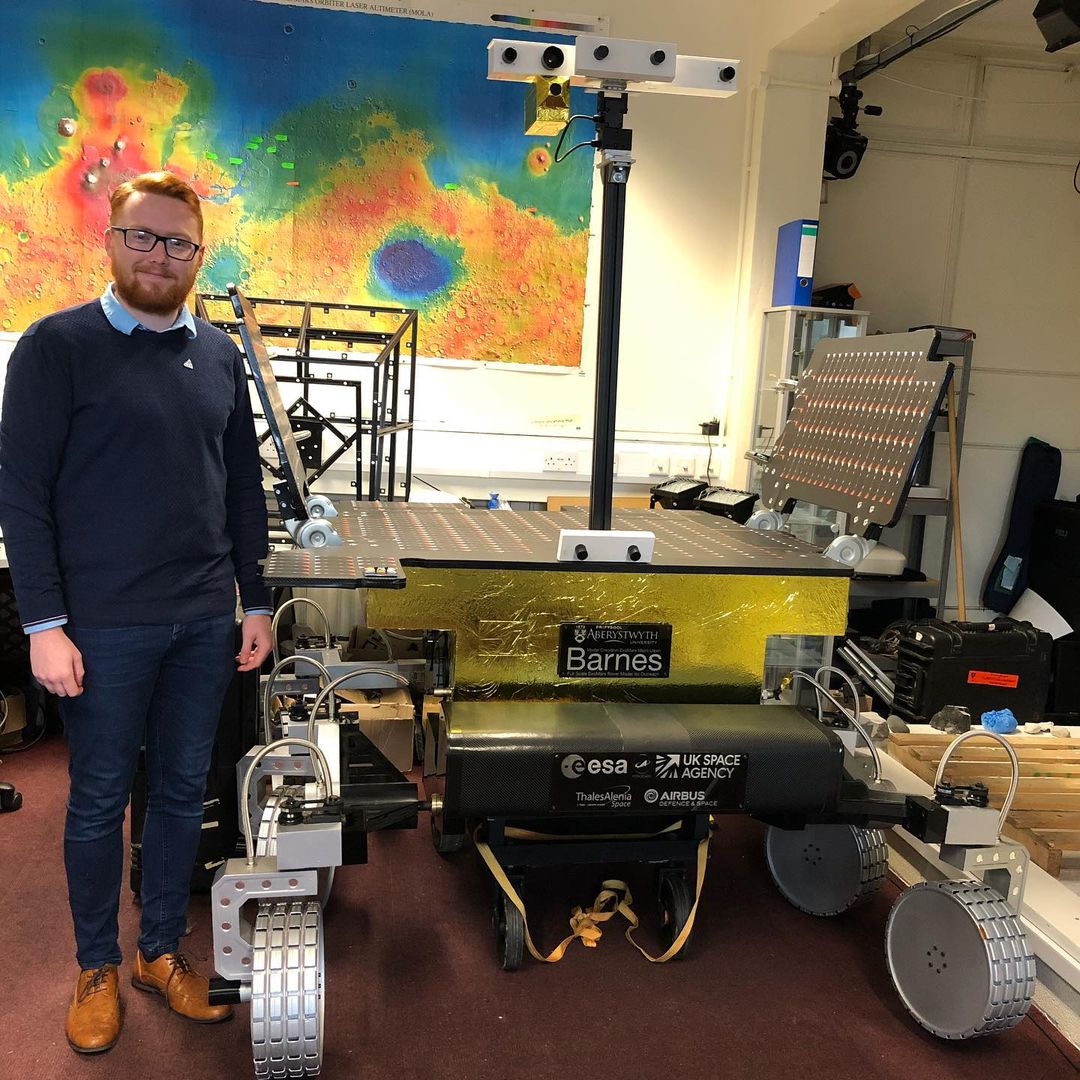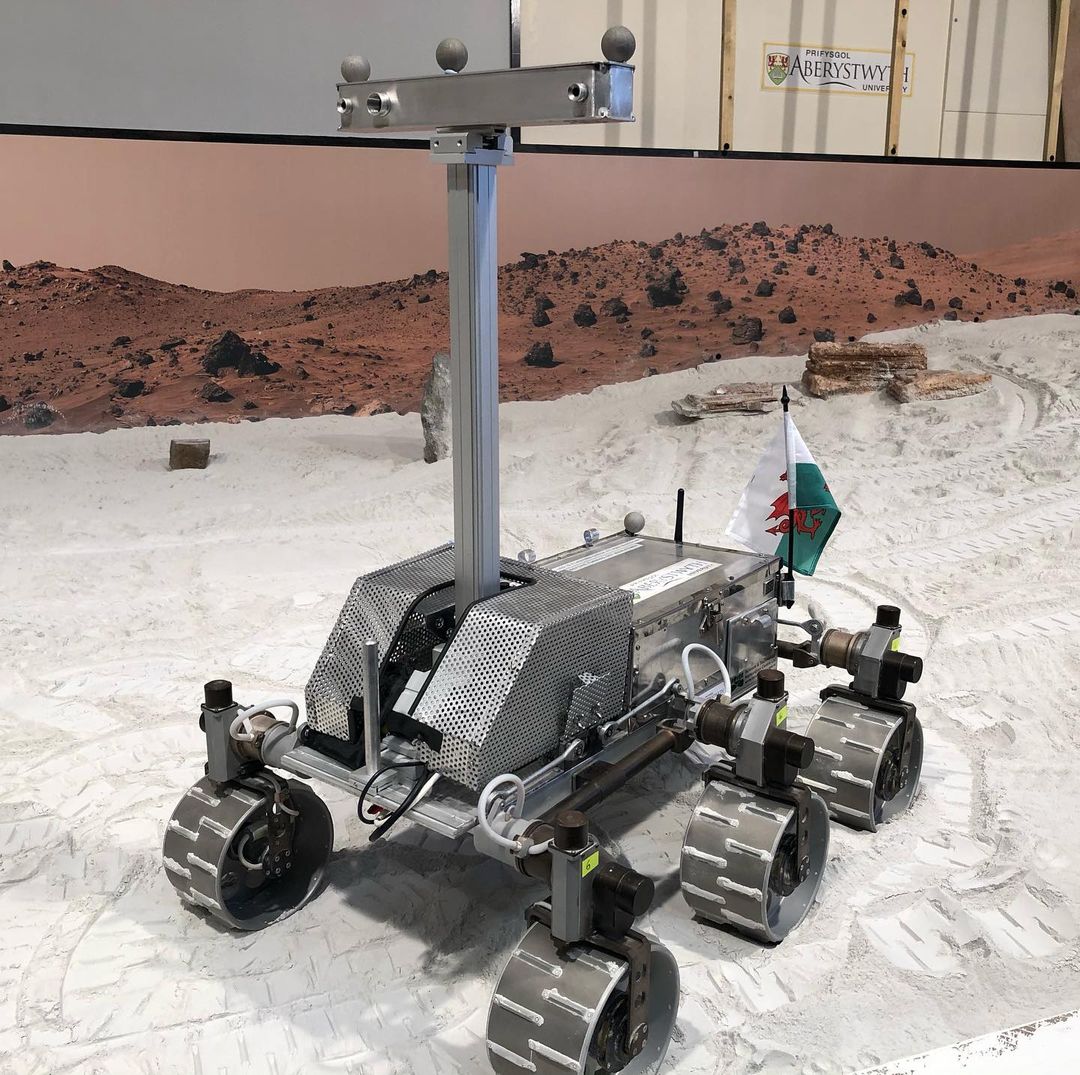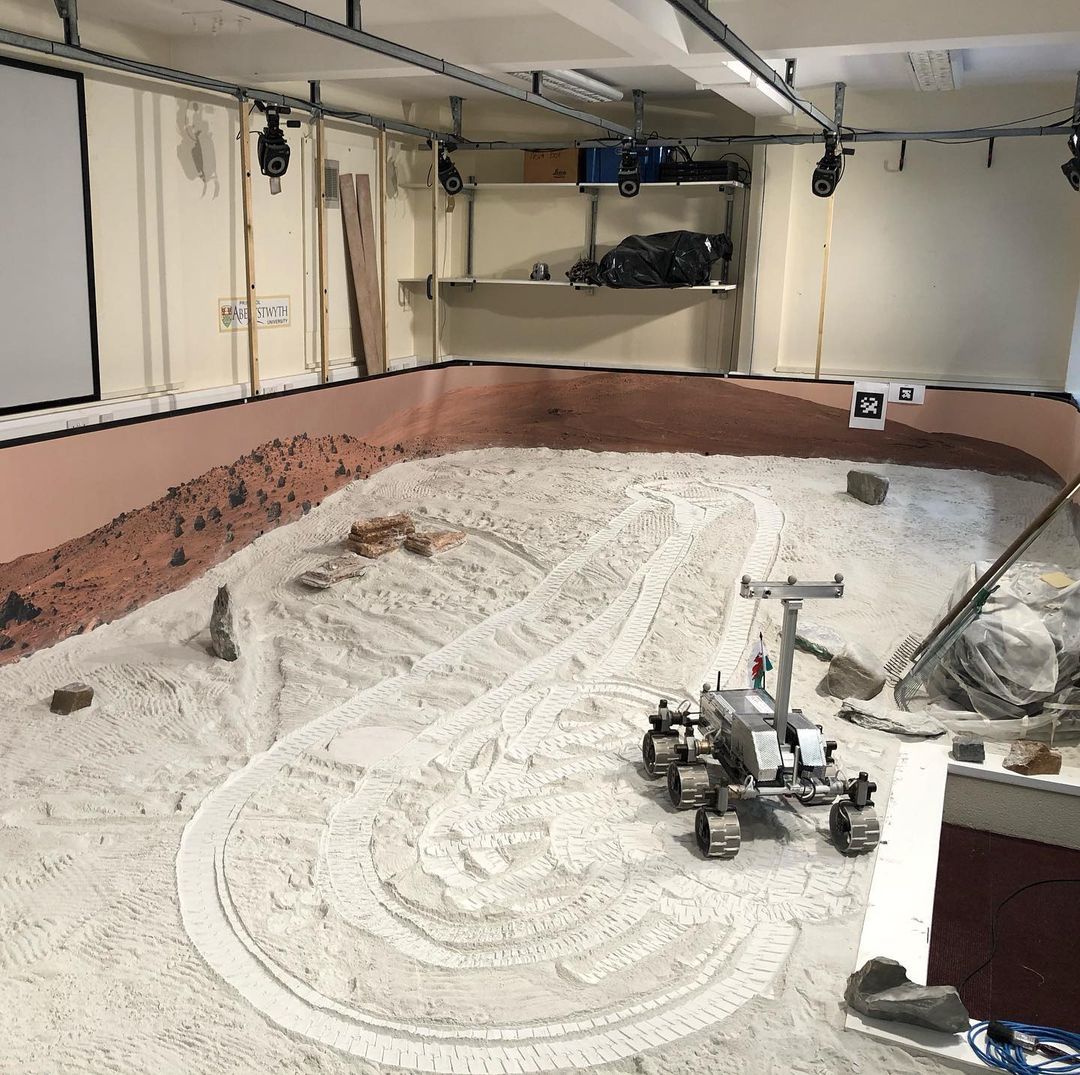LIAM EDWARDS
Solar Physics Postgraduate Researcher
Blog
Calibrating CIP
February 5, 2021
So, it’s been a while since I gave an update on my research so I figured I might as well make one while I wait for some files to transfer to my work PC.
Before Christmas I was working on a visible-light polarising camera which was going to be taken to Argentina to observe the total solar eclipse on December 14th. The instrument is called the Coronal Imaging Polariser (CIP). In Welsh, “cip” means to take a quick look at something and, since the eclipse totality stage was only going to last for around 130 seconds, it seemed an appropriate name to give it. Despite much of the eclipse’s path being covered in cloud, the team managed to find a clear patch of sky at the last minute and managed to get some incredible results given the circumstances. As soon as I’m allowed to share some of those images I will but unfortunately, for now, I can’t!
The first image of this post is what I was doing today and that is calibrating the instrument. Firstly, I pointed it at what’s known as an integrating sphere - essentially a device which produces a uniform source of light - to enable me to take some flat-field images. Secondly, I shut the integrating sphere off, along with the room light, and covered the instrument’s lens cap back over the lens. This was in order to take dark field images - essentially the opposite of flat-fields! These are used to reduce any noise produced by the CMOS sensor itself.
I’ll be posting another update towards the end of this month as I will hopefully have an exciting outreach event happening in the next few weeks!
Comet Neowise
July 12, 2020
Went up Consti Hill last night and managed to snap these photos of comet Neowise (first one 10 second exposure pointing North-ish towards Borth, second one through my telescope). Also managed to see Jupiter and its four largest moons and Saturn with its rings through my telescope - amazing night stargazing!
LOCKDOWN!
April 6, 2020
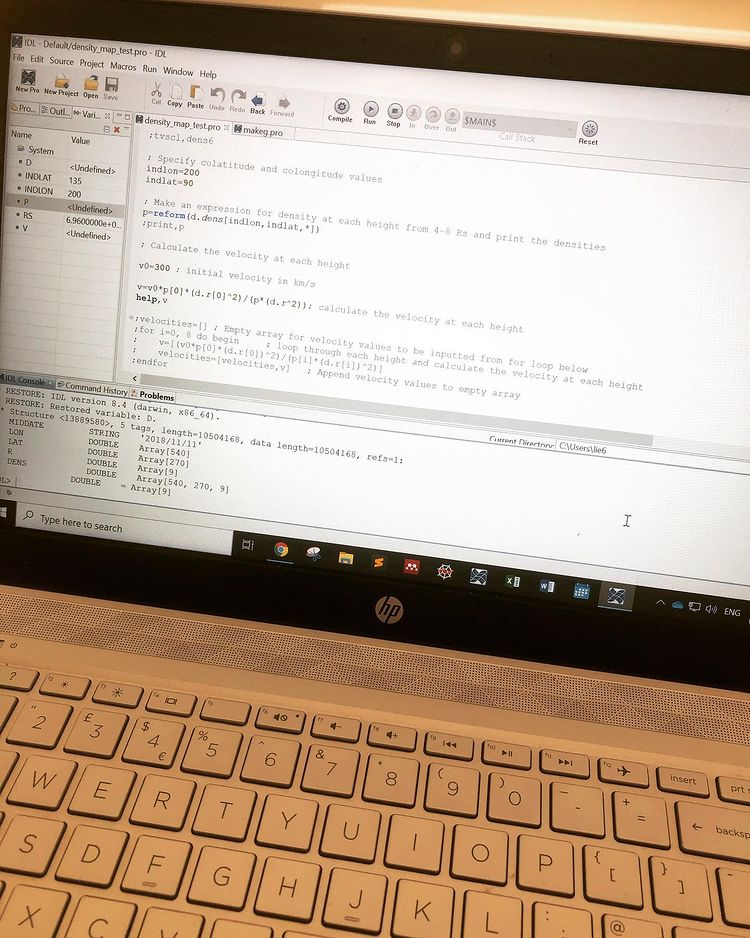
Hi everyone! It’s been a while since I’ve made a PhD post so I figured I’d make one about how this quarantine has affected my research.
So I had been working on a polarisation camera setup to image the upcoming total solar eclipse in South America this December, but since the whole country is on lockdown all PhD and staff members have been working from home for a few weeks now. Consequently, I’ve not been able to get into the optics lab to experiment with polarisers and lenses and, as a result, I’ve not been able to do anymore work on that.
So for the past few weeks I’ve been working much closer with my supervisor and his research on the solar wind, which is a continuous stream of electrically charged particles (electrons and ions) which flows from the Sun. Since this stream is electrically charged, it can have a significant effect on the electronic infrastructure here on Earth (see Carrington event as an example). It’s been testing having to change research styles so drastically like this, going from essentially purely experimental to purely theoretical. I’ve never been good at coding but now that I’m almost forced to do it my skills have improved quite quickly. So I’ve just been spending the past few weeks getting used to the software (IDL for those interested) and the research field.
However, I’m also thankful that PhDs are flexible and many PhD students can work from home - in comparison to school, college, and undergraduate students who have been affected much more by this pandemic.
Hope everyone’s safe and healthy, and remember: stay home!
Mars Outreach and Postgraduate Demonstrating
December 3, 2019
The last few weeks have been pretty hectic for me work-wise so I’ve had to put what were going to be two separate posts into one!
Last Wednesday myself and another PhD student gave two talks in Glan-llyn, Bala about Mars and the university’s involvement in the upcoming ExoMars 2020 mission. There were about 160 kids (12-13 years old) which is why there had to be two talks! Overall it went really well and the kids really seemed to be involved in the talk and intrigued by the content by asking and answering questions. Here’s hoping we inspired some of them to pursue science in the future!
The first three photos are ones we took in the Planetary Analogue Terrain (PAT) lab within the department (which were meant to be in the talk but we forgot to put them in!). The first shows me stood next to a full-scale model of the ExoMars rover - called the Barnes rover. It’s pretty clear to see that the rover is huge and most people (myself definitely included) are shocked when they get a sense of the scale of it! The 2nd and 3rd photos are of the PAT itself. It’s essentially a sandbox filled with a flour-like material which is meant to simulate the exact mechanical conditions on the Martian surface. It helps the research team see how a rover would move if it were to climb over rocks or attempt to climb a relatively steep hill.
The final photo is of a laboratory experiment I did last Thursday in preparation for that afternoon’s first-year lab session I was demonstrating in. As PhD students, we get the opportunity to help in various undergraduate modules as demonstrators where, essentially, we walk around and help any of the students who need it.
The last month or so has been quite stressful because I’ve been trying to get involved in as many things as possible. However, all that extra work caught up with me this weekend just gone and I’ve realised I need to be careful with any extra work I take on. Hopefully, lesson learned!
Lost in Literature
November 15, 2019
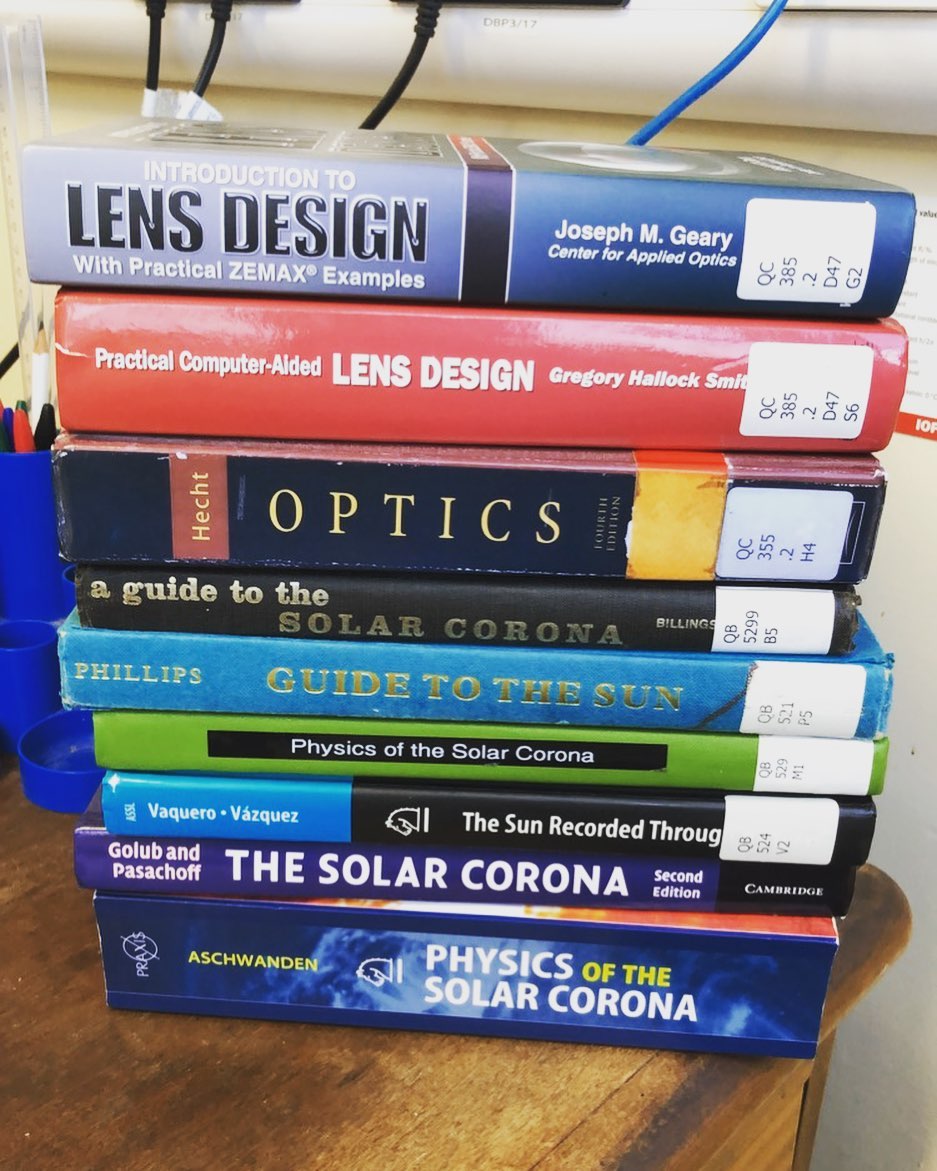
The first year of any PhD is typically spent reading....a lot! Becoming familiar with the research field is such an important first step. Personally, I’ve found reading textbooks has helped with my introduction to coronal physics more than reading published papers. The trouble with papers is the terminology - it’s very advanced in even the simplest papers! So my solution is to read as many textbooks as possible and (so far) it’s helped me a lot more than the papers I’ve read. These are the main textbooks I’ve been reading so far. My favourite has to be The Solar Corona by Golub & Pasachoff because it covers not only the physics of the corona but also the historical aspect and how the field of coronal physics got to where it is now. I’ve also been refreshing myself with optics stuff since it’s been over 2 years since my optics module and I’ll be playing around with polarizing filters for a camera soon.
The polarization of the corona is one of the main ways researchers can use to calculate the density in the corona. This is because there are several different ‘types’ of corona based on the mechanisms which produce them. One of the main types is the K-corona which is caused by the scattering of photospheric light off of free electrons in the corona which polarizes the light. The other main type of corona is the F-corona which is produced by the scattering of light off of dust particles around the Sun. The difference in polarization can then be used to calculate the density of the solar corona.
First Blog Post!
October 21, 2019

I've been contemplating using my Instagram account to give little glimpses into the life of a PhD student for those who might be interested in doing a PhD. These posts probably won’t be often, especially as the first few weeks of this PhD is essentially what the photo shows - just sat at my desk reading papers and working on my literature review.
For those of you who don’t know, I started my PhD 5 weeks ago today in the Solar System Physics research group here at Aberystwyth University. These first few weeks have gone by so quickly and they’ve essentially consisted of settling in and making a start on reading papers and writing my literature review.
I’m hoping that I’ll be able to start some lab work pretty soon so hopefully I’ll have some more interesting stuff to talk about here!
